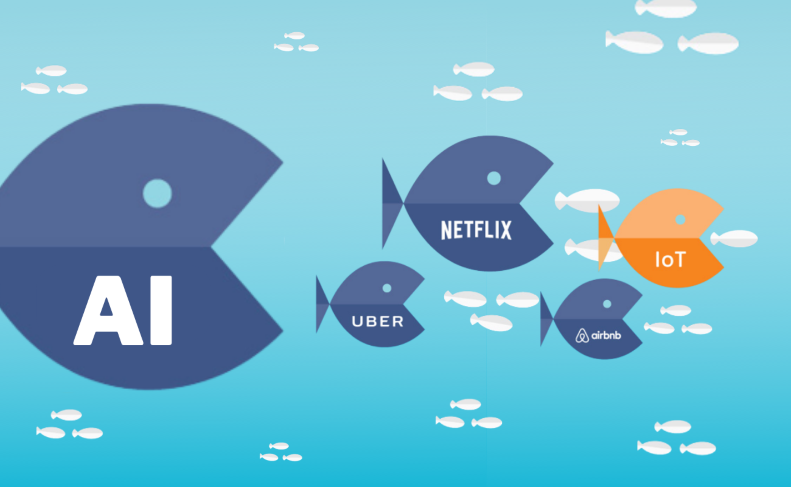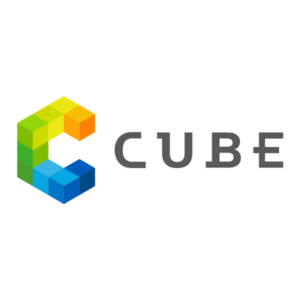
Back in 2017 I wrote an article named “So You Think You Know the Future of IoT?”
It’s always fun to go back a few years and read what we thought we knew back then. Well, I can gladly say that even though some of the numbers may be off, the general concept was spot on.
What has been the impact of IoT?
IoT has and continues to impact the BMS industry. For one, there are a few companies, including CUBE, that have developed products that allow connected devices to expand beyond the reach of the typical BMS.
IoT helps promote the creation of independent data layers (IDL) that allow a large variety of systems to exchange information using non-traditional protocols, an example being MQTT. The new connectivity has allowed service providers to extract the data and create new technologies, such as digital twin and asset digitalization.
Now let’s address the elephant in the room, ChatGPT
There is a lot of buzz about this new AI chatbot system and there is a considerable amount of people writing about ChatGPT. My take on this is, what happens when you bundle ChatGPT and IoT?
Like I said in my previous publication, IoT was destined to change the BMS industry, and now if you place ChatGPT on top of it, it is a complete game changer.
The fascinating part is that the impact of ChatGPT is not a future concept, it is happening right now with real applications.
For example, I recently witnessed in our lab how the data collected by the CUBE|Box was injected into ChatGPT to get fully detailed instructions on troubleshooting a heating valve.
So as a controls contractor, you may be thinking…I have heard this for years!
Well, yes you’re right, we have been hearing for years that the industry will completely change and here we are. However, this time, the change will come from the convergence of emerging technologies that have been lingering for quite a long time:
- Connectivity: IoT
- Artificial Intelligence: ChatGPT
- Openness: Node-Red, MQTT
This means something like CUBE|Box can sit on the BACnet network, extract the data, and send it to the cloud. Next, it injects the data into ChatGPT, and then uses Node-Red to process the outcome and fix common problems in a BMS system.
The great news is that this is already happening!
The Benefits
The immediate benefit of this new technology is to help us to get accurate information faster and it can be an excellent training tool for those individuals that are new to the industry. Here, at CUBE, we are training software developers that do not have any experience in HVAC to get the answers they need, understand the environment they are working in, and deliver a better customer experience.
For example, the following is an actual interaction with the tool:
Question: What is the VAV Box
Answer: VAV stands for Variable Air Volume. A VAV box is a type of HVAC (heating, ventilation, and air conditioning) control device that regulates the flow of air in a building. The main purpose of a VAV box is to maintain a comfortable indoor environment by adjusting the air flow based on the temperature and other environmental factors. VAV boxes typically consist of a damper that opens and closes to control the amount of air flowing into a space, a controller that monitors the temperature and other conditions, and a fan that circulates the air. By controlling the volume of air delivered to a space, VAV boxes can help to reduce energy consumption and improve indoor air quality.
ChatGPT
We all have a great opportunity to use this new technology and make a real impact in our own backyards that will lower energy consumption, improve the workplace environment, and make the world a better place for future generations. We’ve already begun seeing the big players like Google, Microsoft, and Amazon entering our industry for the data and that will only continue over the next decade!
Conclusion
So, if you refer back to IoT in the comparison of Netflix and Blockbuster, I believe IoT+ChatGPT has the opportunity to transform the BMS industry in ways we have not seen before, just as Netflix transformed at-home entertainment.
My advice for you would be to not fear this emerging technology. You should educate yourself and learn how you can use it to stay relevant. After all, Uber changed the taxi industry but taxis are still here. We must learn to cherish the old ways of doing things in order to embrace the new.
About CUBE|Box
CUBE|Box is a hybrid (hardware and software) that connects the design and implementation phases of a BMS (Building Management System) project. By applying AI to auto-commissioning and fault detection, we have eliminated the complexity of the commissioning process and deliver a revolutionary new approach for BMS contractors to complete projects.
The CUBE|Box is intended to be used by controls contractors as an aid during commissioning processes, service jobs, and to enhance projects in operation. The BMS industry is being affected by both the lack of experienced technicians and a shortage of available talent at any level to bring into a company. This is seriously impacting BMS companies in executing their controls projects.
This talent shortage is increasing the necessity to streamline and simplify all the workflows needed to take a project from the estimating phase all the way to the owner turn over, as well as optimize labor hours in your service visits.
This is where the CUBE|Box delivers the most value. It makes controls technicians more effective by completing the projects in less time. Since the process is simpler with the help of fault detection and auto-commissioning, the CUBE|Box will give managers a larger range of technicians that can be sent to work on a project.
Similar products focus on analytics to save energy post implementation and the solutions are mostly tailored to building operators. In contrast, CUBE|Box focuses on making controls companies more efficient and more competitive.
Want to learn more about CUBE?
Visit www.cube-usa.com or follow us on: https://www.linkedin.com/company/cube-usa/
#WorkSMARTERnotHARDER #Makeefficiencyyourreality



One Response